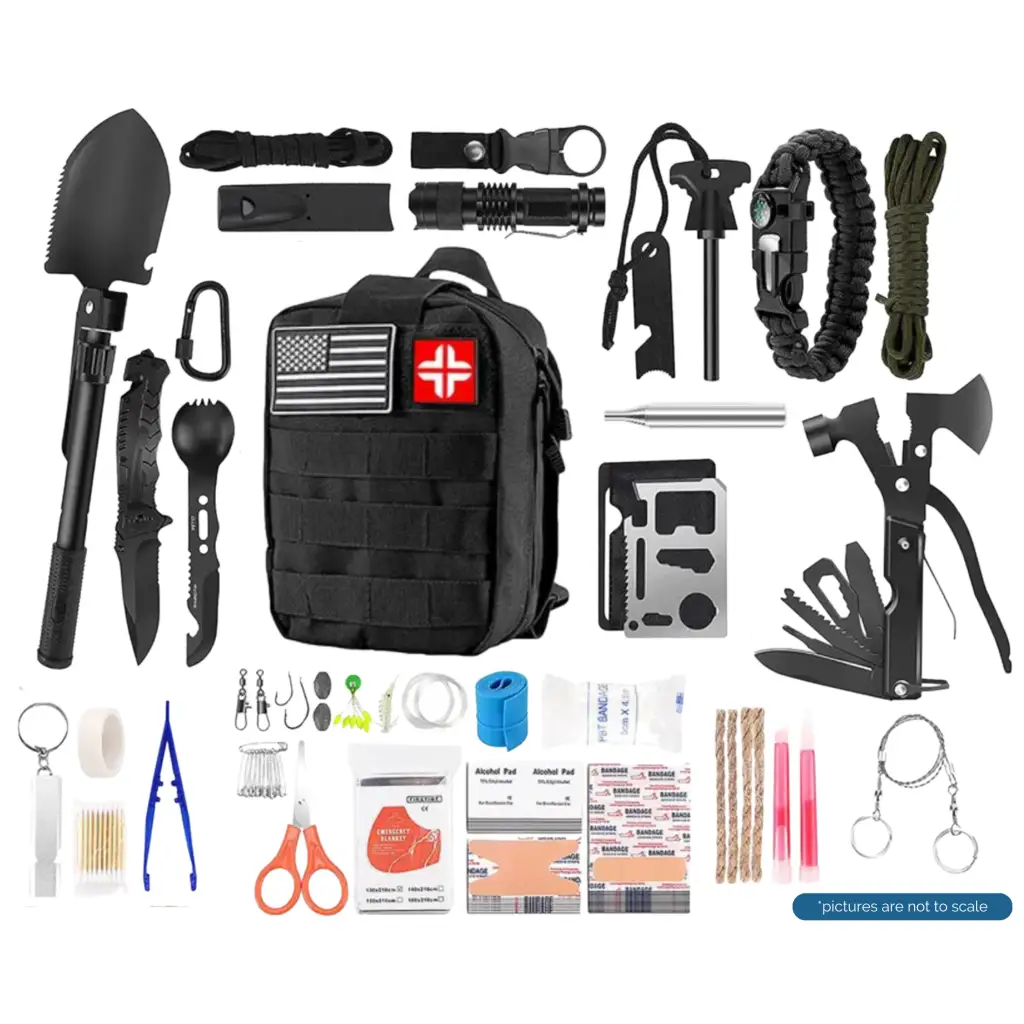
Prepping isnt just for preppers anymore its time to get a go-bag Popular Science
The Weituo Survival Kit Has 250 Items For Emergencies
Yes, there are kits designed specifically for individual classrooms, containing supplies to support one class of students and their teacher. Many kits come in backpacks or easy-to-carry bags, making them portable and accessible during evacuations or other emergencies. It’s recommended to check the kits annually to replace expired items such as food, water, and batteries. Using the Weituo survival kit’s 250 items, you “can basically do anything that you need to do to survive with this item,” as one reviewer affirms — all for under $40. At just 8 by 1 by 6.5 inches, it’s small enough to hook on to a belt, backpack or other travel gear.
- Using the Weituo survival kit’s 250 items, you “can basically do anything that you need to do to survive with this item,” as one reviewer affirms — all for under $40.
- Yes, student emergency kits can be useful during after-school programs or activities, providing essential supplies in case of an emergency.
- Getting intimate with a cactus isn’t (usually) a full-blown emergency, and neither is getting cranky because it’s a bit cold out.
- Dozens of useful tools that might otherwise take up too much space have been smartly edited into a handful of multi-functional workhorses.
- Our Go-Kit+ Bleed Control Version includes all the contents of the Standard Go-Kit with the addition of a 22 piece Trauma Kit with tourniquet to address traumatic bleeding emergencies.
Student EMERGENCY RESPONSE Kit
Some kits may include fire safety tools, such as a fire extinguisher or fire blankets, but these items are often sold separately. Yes, all food and water included in the kits are shelf-stable and designed to last for years without refrigeration. Whether it's a sudden school project, a medical issue, or you need some spare things anyway, you can face your challenges like a pro if you've got some regular emergency preparedness supplies. Some kits may include instructional materials, emergency procedures, or guides on protocols teachers should follow to use the supplies during an emergency. Many kits come in easily portable bags or emergency backpacks that can be quickly grabbed in an emergency. Yes, they typically contain sealed, emergency water pouches that have a long shelf life.


Student Emergency Kits
It might sound dramatic, but it’s actually a basic necessity—especially if you live in areas prone to wildfires, earthquakes, hurricanes and other climate disasters. Yes, they are lightweight and designed to be easily carried by students of all ages. The supplies in the kit are designed to sustain a student for up to 72 hours (3 days).
A classroom emergency kit contains essential supplies that help teachers and students respond effectively to emergencies. Embracing prepping—specifically all-hazards prepping—is one of the key strategies for surviving apocalypses and avoiding falling down a dysfunctional panic hole. With all-hazards prepping, you’re also investing in comfort, convenience, and safety in case of more minor or shorter- lived disasters. Think of it as ensuring that your apocalyptic experience will be a more glamp-tastic, deep-pantry party, and less hungry-hungry horribleness. All-hazards prepping is also helpful in being realistic about the risks you face and prepping for them specifically.Emergency kits should be stored in easy-to-reach locations, such as near classroom doors or in designated emergency supply areas, for quick access during an emergency. Yes, it’s important to replace food and water as they expire, usually every 3 to 5 years, to ensure the kit remains fully stocked and safe to use. Kits often include flashlights, glow sticks, or other light sources to help provide illumination during power outages or in low-light situations. Curated by three survival experts, the collection includes gear that can help you put together a makeshift shelter and retain body heat in cold climates, like an emergency tent and blanket. You’ll also find fire starters, a lantern and a tactical flashlight to light your path. The non-perishable items like blankets and first aid supplies can last indefinitely, but food, water, and batteries typically need to be replaced every 3 to 5 years.